Lawrence Weschler at Wondercabinet:
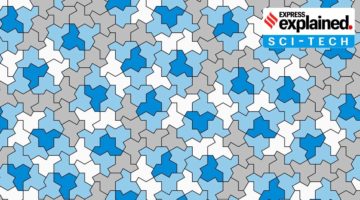 I won’t go into the history of the tiling problem here—Roberts does her typically clear, concise, and beguiling job in the article in question, well supplemented by an equally captivating account offered by longtime friend of the Cabinet, Margaret Wertheim, in a recent issue of her new substack Science Goddess, which you can find here. I love it that when it came to a breakthrough that had eluded the likes of the eminent Nobel laureate Roger Penrose (Stephen Hawking’s mentor!), who’d gotten stuck several years back one step shy of this ultimate solution, the fellow who turned out to make the decisive leap proved to be a modest, self-effacing cypher and complete nonprofessional outsider by the (near-perfectly anonymous) name of David Smith, who’d then had to seek out a small band of intrepid professionals to frame the discovery in terms a peer-reviewed journal would countenance (at first none of them could quite believe the development either). But that’s how it sometimes (even if almost never) happens. So do yourselves a favor and bone up on the particulars of this magical discovery on your own.
I won’t go into the history of the tiling problem here—Roberts does her typically clear, concise, and beguiling job in the article in question, well supplemented by an equally captivating account offered by longtime friend of the Cabinet, Margaret Wertheim, in a recent issue of her new substack Science Goddess, which you can find here. I love it that when it came to a breakthrough that had eluded the likes of the eminent Nobel laureate Roger Penrose (Stephen Hawking’s mentor!), who’d gotten stuck several years back one step shy of this ultimate solution, the fellow who turned out to make the decisive leap proved to be a modest, self-effacing cypher and complete nonprofessional outsider by the (near-perfectly anonymous) name of David Smith, who’d then had to seek out a small band of intrepid professionals to frame the discovery in terms a peer-reviewed journal would countenance (at first none of them could quite believe the development either). But that’s how it sometimes (even if almost never) happens. So do yourselves a favor and bone up on the particulars of this magical discovery on your own.
more here.

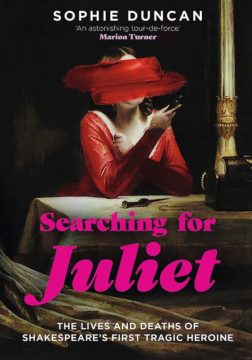 In 1611, the Somerset-born traveller Thomas Coryat described an Italian architectural novelty: a ‘very pleasant little tarrasse, that jutteth or butteth out from the maine building: the edge whereof is decked with many pretty little turned pillers … to leane over’. England’s introduction to the balcony came over a decade after the first performance of William Shakespeare’s tragedy Romeo and Juliet. When it was staged in the summer of 1596, just before London’s playhouses were closed owing to a resurgence of plague, the exchange now universally known as the ‘balcony scene’ was probably transacted at a window opening onto the backstage ‘tiring house’ of the Shoreditch Theatre. The popular image of Juliet as a bright-eyed teenager in white muslin leaning over a balustrade only began to form a century and a half later, when a balcony first appeared as part of the stage set. By the late 1930s, the museum director Antonio Avena had improvised a ‘tarrasse’ from a marble sarcophagus and retrofitted it to the walls of Via Cappello 23 – putative home of the ‘historical’ Capulets in Verona. Visitors now pose on ‘Juliet’s balcony’ as part of an international pilgrimage that also includes visiting a bronze statue of Shakespeare’s heroine and rubbing her right breast for luck.
In 1611, the Somerset-born traveller Thomas Coryat described an Italian architectural novelty: a ‘very pleasant little tarrasse, that jutteth or butteth out from the maine building: the edge whereof is decked with many pretty little turned pillers … to leane over’. England’s introduction to the balcony came over a decade after the first performance of William Shakespeare’s tragedy Romeo and Juliet. When it was staged in the summer of 1596, just before London’s playhouses were closed owing to a resurgence of plague, the exchange now universally known as the ‘balcony scene’ was probably transacted at a window opening onto the backstage ‘tiring house’ of the Shoreditch Theatre. The popular image of Juliet as a bright-eyed teenager in white muslin leaning over a balustrade only began to form a century and a half later, when a balcony first appeared as part of the stage set. By the late 1930s, the museum director Antonio Avena had improvised a ‘tarrasse’ from a marble sarcophagus and retrofitted it to the walls of Via Cappello 23 – putative home of the ‘historical’ Capulets in Verona. Visitors now pose on ‘Juliet’s balcony’ as part of an international pilgrimage that also includes visiting a bronze statue of Shakespeare’s heroine and rubbing her right breast for luck.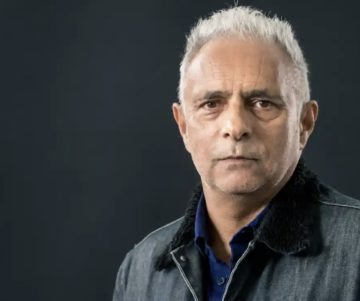 The novelist and screenwriter
The novelist and screenwriter 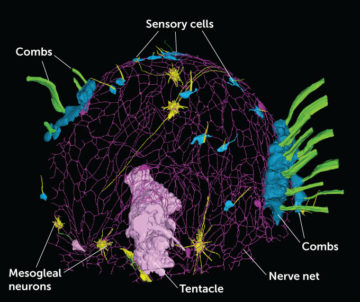 Shimmering, gelatinous comb jellies wouldn’t appear to have much to hide. But their mostly see-through bodies cloak
Shimmering, gelatinous comb jellies wouldn’t appear to have much to hide. But their mostly see-through bodies cloak 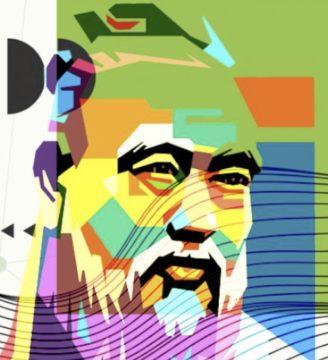 Screentime limits
Screentime limits The researchers then observed how the birds used that newfound ability over a three-month period. They wondered: If given the choice, would the birds call each other?
The researchers then observed how the birds used that newfound ability over a three-month period. They wondered: If given the choice, would the birds call each other?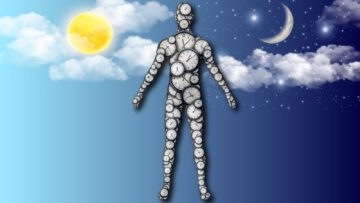 Jane McKeating never expected time to matter much in the liver.
Jane McKeating never expected time to matter much in the liver.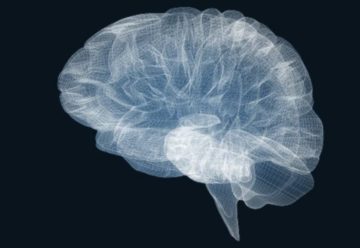 Please pause for a moment and notice what you are feeling now. Perhaps you notice a growing snarl of hunger in your stomach or a hum of stress in your chest. Perhaps you have a feeling of ease and expansiveness, or the tingling anticipation of a pleasure soon to come. Or perhaps you simply have a sense that you exist. Hunger and thirst, pain, pleasure and distress, along with the unadorned but relentless feelings of existence, are all examples of ‘homeostatic feelings’. Homeostatic feelings are, we argue here, the source of consciousness.
Please pause for a moment and notice what you are feeling now. Perhaps you notice a growing snarl of hunger in your stomach or a hum of stress in your chest. Perhaps you have a feeling of ease and expansiveness, or the tingling anticipation of a pleasure soon to come. Or perhaps you simply have a sense that you exist. Hunger and thirst, pain, pleasure and distress, along with the unadorned but relentless feelings of existence, are all examples of ‘homeostatic feelings’. Homeostatic feelings are, we argue here, the source of consciousness. It’s not an exaggeration to say that every major advance in physics for more than a century has turned on
It’s not an exaggeration to say that every major advance in physics for more than a century has turned on 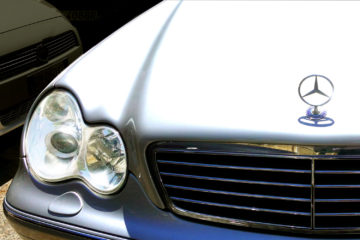 When I’m driving my car, I feel like I’m in my own private domicile, bitch! I’m the driver, so I’m in control: I choose the music, the temperature level, how fast or slow we go. I also suffer the consequences, but that’s fine—it’s my life! And yes, there are things I should consider—agreements between us, called ‘road rules’ and ‘traffic laws’—but if I disregard them, I can pretend that I’m the queen of my own little castle. So, vroom fucking vroom, baby! Let’s ride.
When I’m driving my car, I feel like I’m in my own private domicile, bitch! I’m the driver, so I’m in control: I choose the music, the temperature level, how fast or slow we go. I also suffer the consequences, but that’s fine—it’s my life! And yes, there are things I should consider—agreements between us, called ‘road rules’ and ‘traffic laws’—but if I disregard them, I can pretend that I’m the queen of my own little castle. So, vroom fucking vroom, baby! Let’s ride. Imagine if you went outside and saw that it had started to rain, and that people on the street were opening their umbrellas. And imagine that you ran around waving your arms and saying “Stop! Stop! Umbrellas make rain worse!!” People would think you were a silly person, and rightly so.
Imagine if you went outside and saw that it had started to rain, and that people on the street were opening their umbrellas. And imagine that you ran around waving your arms and saying “Stop! Stop! Umbrellas make rain worse!!” People would think you were a silly person, and rightly so.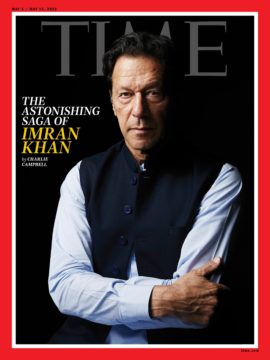
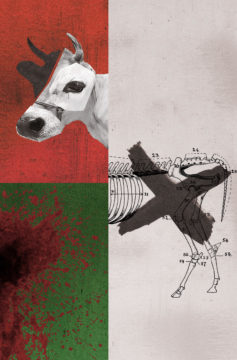 Sharanya Deepak in The Baffler:
Sharanya Deepak in The Baffler: